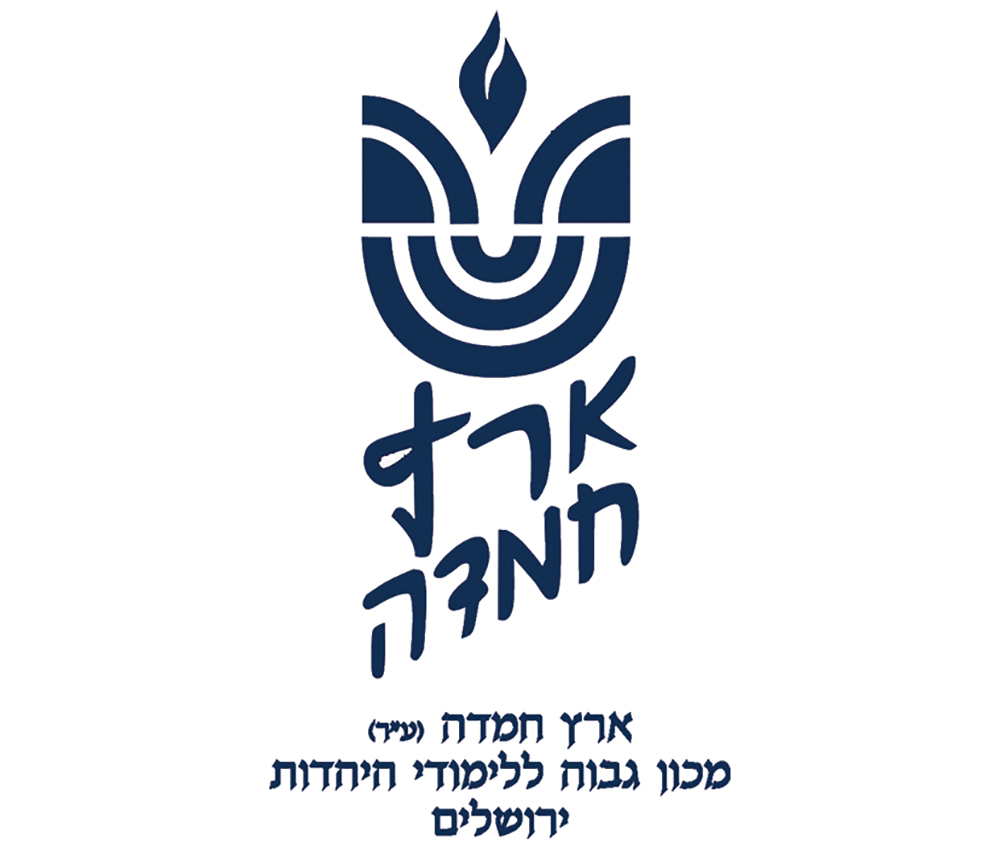
לעילוי נשמת
יואל אפרים בן אברהם עוזיאל זלצמן ז”ל
Question: I like to make “pull-apart challot” (baked from unbraided balls of dough that stick together during baking) and assume that they count as a kikar (loaf) of lechem toward lechem mishneh. Can such a challah count as at least two loaves? If not, will it help to pull it apart before Hamotzi?
Answer: Fundamentally, a pull-apart challah is at least one lechem. However, whether even a standard challah with a weak connection between different parts of it is considered complete depends on whether when you lift it by its smaller part, the weight of the heavier part does not cause it to break (Mishna Berura 167:11). Even though “a challah is only as strong as its weakest link” (and here there are many), usually if the challah is not very big, it will pass the test. If it does not, then you will need it to be considered multiple complete lechamim, which we will now discuss.
The Shoel U’Meishiv (I, I:167)—discussing a baker whose challot come out stuck together—rules that even if one leaves them connected, they count as multiple challot, because the norm is to separate them well before consumption. Orchot Chayim (Spinka, 274:1) brings those who disagree, and the Shemirat Shabbat Kehilchata (55:6) does not clearly decide between the opinions. The Shoel U’Meishiv apparently did not apply his leniency to one baking special challot whose purpose is to be separated only after making Hamotzi. Therefore, if you want to count this challah as multiple lechamim, you should separate the sections before the bracha (see Chazon Ovadia, Shabbat II, page 176). Even if one could consider them multiple challot while connected, it is unclear why one would not follow the recommended procedure of having one on top of the other, which is not so feasible when connected (see Shulchan Aruch, Orach Chayim 274:1).
The remaining question is: If we consider the pull-apart challah one loaf, then if we pull it apart, does it become multiple incomplete loaves? This point is a machloket dating back a couple hundred years. The Machatzit Hashekel (274:1) says it depends on intention. If one did not intend that they should connect during baking but they did, they are separate, complete challot. Presumably, even if they definitely will stick together to some degree—if that is as a matter of circumstance and not desired—it is not a problem. If the intention was that they bake connected and separate them later, he leaves it as an unsolved question whether after separation they are considered complete. Rav Meir Arik (Minchat Pitim, Orach Chayim 274:1) posits that they are complete, even if they were purposely stuck together.
A related application arose with the advent of machine matzot. The matzot were baked as sheets of multiple matzot, perforated before baking to make it easier to cut after the baking. (The contemporary production lines I saw are different.) There is a big machloket as to whether each matzah is valid for lechem mishneh or whether the sheet was one lechem and the individual matzot are incomplete pieces (see opinions in Lechem Ish 3:19). In some ways, our case is more lenient because each section was at one point a separate piece of dough, which were joined together and will be separated back to the original pieces. On the other hand, the matzah is more likely to look fully complete in its final stage.
In summary, if the sections were separated relatively cleanly from each other before Hamotzi, most poskim assume that each (group of) section(s) is a kikar of lechem (see Shemirat Shabbat Kehilchata ibid.; Chazon Ovadia ibid.; this is the apparent implication of Shulchan Aruch, Orach Chayim 168:3). If they are separated in a way that one section is complete—plus some of its neighboring piece is stuck to it—and the latter piece is incomplete, then only the former is a kikar (it is preferable to remove the extra challah to make it look more complete (see ibid.)).
If all pieces have something missing or if one wants to be machmir, one can—before Shabbat—return them to the oven to start re-crusting, thereby forming a new loaf unit (see Shemirat Shabbat Kehilchata 55:10).
Rabbi Mann is a dayan for Eretz Hemdah and a staff member of Yeshiva University’s Gruss Kollel in Israel. He is a senior member of the Eretz Hemdah responder staff, editor of Hemdat Yamim and the author of “Living the Halachic Process Volumes 1 and 2” and “A Glimpse of Greatness.”







